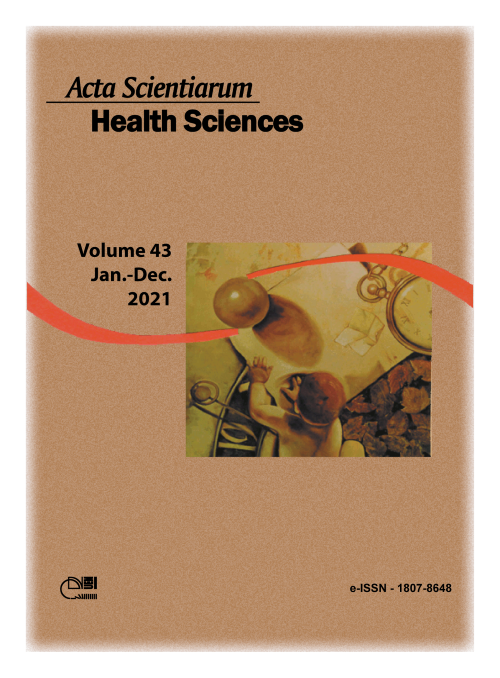Activated platelets in central venous catheters: a flow cytometry and numerical simulation approach
Abstract
The central venous catheter that is inserted in patients undergoing hemodialysis can cause hemodynamic instability and trigger complications such as thrombus formation. The objective of this study was to investigate hemostatic and numerical influences on thrombus formation in patients undergoing hemodialysis with a central venous catheter. Participants were assigned to three groups: I: clinical and laboratorial healthy individuals matched by sex and age (controls); II: participants after one month of insertion of the catheter and III: participants after 4 months of insertion of the catheter. Platelet activation was investigated by GPIIb/IIIa and p-selectin expressions using flow cytometry. A three-dimensional model of the catheter was constructed in the numerical simulation for the calculation of partial differential equation of a platelet activation model. A significant difference was detected by the expression of p-selectin comparing the group I (33.42 ± 4.74), group II (40.79 ± 5.54) and group III(51.00 ± 7.21) (p < 0.0001). The median values for GPIIb/IIIa were 10426 (10029-10721), 13921 (13412-15652) and 19946 (18714-21815) after catheter insertion (p < 0.0001), for groups I, II and III, respectively. Excluding the first arterial orifice, venous orifices tend to have greater platelet activation when compared to the other arterial orifices. The results of this study showed the influence of arterial and venous lateral orifices in stimulating the development of thrombi associated with the activation of platelet markers the longer the catheter was used
Downloads
DECLARATION OF ORIGINALITY AND COPYRIGHTS
I Declare that current article is original and has not been submitted for publication, in part or in whole, to any other national or international journal.
The copyrights belong exclusively to the authors. Published content is licensed under Creative Commons Attribution 4.0 (CC BY 4.0) guidelines, which allows sharing (copy and distribution of the material in any medium or format) and adaptation (remix, transform, and build upon the material) for any purpose, even commercially, under the terms of attribution.
Read this link for further information on how to use CC BY 4.0 properly.























5.png)







